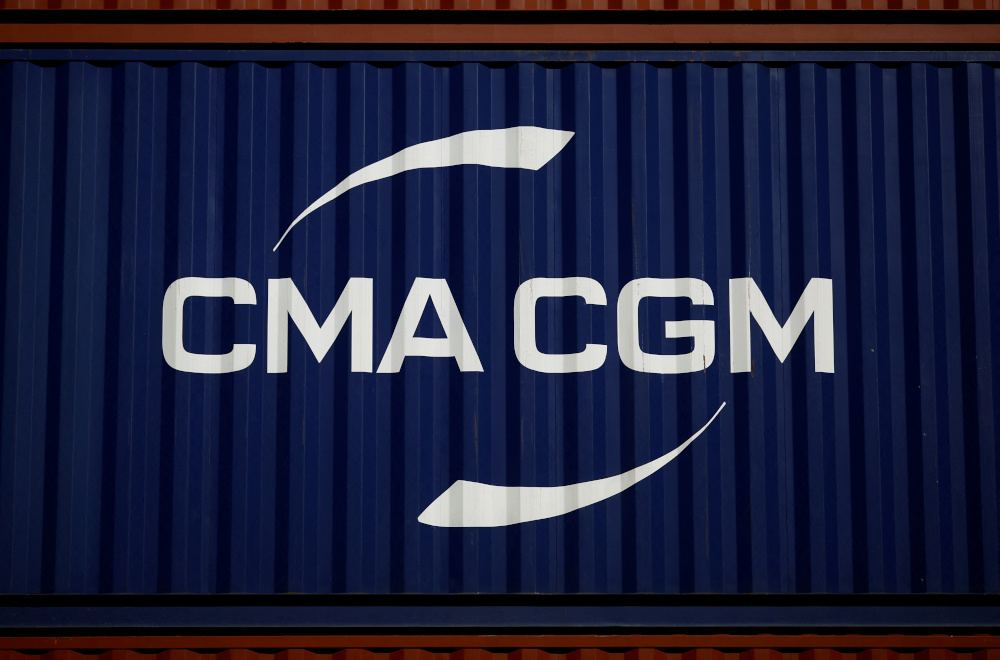BRUSSELS, May 1 — The eurozone economy fell into a second recession in less than a year in the first quarter, data showed yesterday, as slow vaccinations and pandemic lockdowns stopped a rebound.
The 0.6 per cent contraction was in stark contrast to the US, where the economy roared forward in the same period, posting annualised growth of 6.4 per cent.
China has also turned the corner from the coronavirus pandemic with a 18.3-per cent explosion in gross domestic product growth on an annual basis.
Europe has been hit hard by a second and third wave of the coronavirus pandemic, with multiple attempts to reopen the economy cut short by new outbreaks.
But more recent data has given Europeans confidence that the recession will be short-lived, with surveys showing that manufacturing is now booming.
“While late out of the starting blocks, the eurozone is set for its start to the pandemic rebound,” said Bert Colijn, senior economist at ING.
And with the vaccination campaign finally getting into swing, pent-up demand is expected to follow as Europeans begin to spend more in shops, at reopened restaurants and on tourism.
The EU’s slow-moving recovery plan is also expected to finally get on track, giving a much needed boost to southern countries crushed by the pandemic, such as Italy or Spain.
‘Well behind’ US
Andrew Kenningham of Capital Economics said the outlook was fast improving with imminent lifting of restrictions in Europe’s biggest countries.
However, after yesterday's data, “the economy was still 5.5 per cent below its pre-crisis peak, which leaves Europe trailing well behind the US where GDP is nearly back to that level, “ he added.
Germany was the major drag on growth in January to March period, with exports unable to overcome a steep drop in demand by discouraged consumers, analysts said.
The EU’s largest economy shrank 1.7 per cent in the first quarter as rising coronavirus infections forced shutdowns to be extended, performing worse than the 1.5 per cent contraction predicted by analysts surveyed by Factset.
Portugal, which suffered heavily from a third wave of the pandemic, saw a drop of 3.3 per cent in its GDP.
After imposing a more severe lockdown than most other countries at the end of 2020, France was one of the few countries that bucked the negative trend and posted a 0.4 per cent increase.
Unemployment dips
The eurozone’s consumer prices meanwhile rose in April by 1.6 per cent, moving closer to the European Central Bank’s (ECB) target of two per cent.
The rise in prices, again largely fuelled by energy costs, came after five months of inflation in negative territory at the end of 2020 and a gradual turnaround earlier this year.
But core inflation, which strips out volatile components such as energy or food, actually dipped in April, meaning demand is not yet fully recharging the economy.
Jobs have largely been spared the worst ravages of the crisis that were initially feared when the pandemic froze the global economy in early 2020.
Eurostat said eurozone unemployment dipped to 8.1 per cent in the March, though this was one percentage point more than a year before.
EU-wide, unemployment slipped to 7.3 per cent in March. — AFP






















